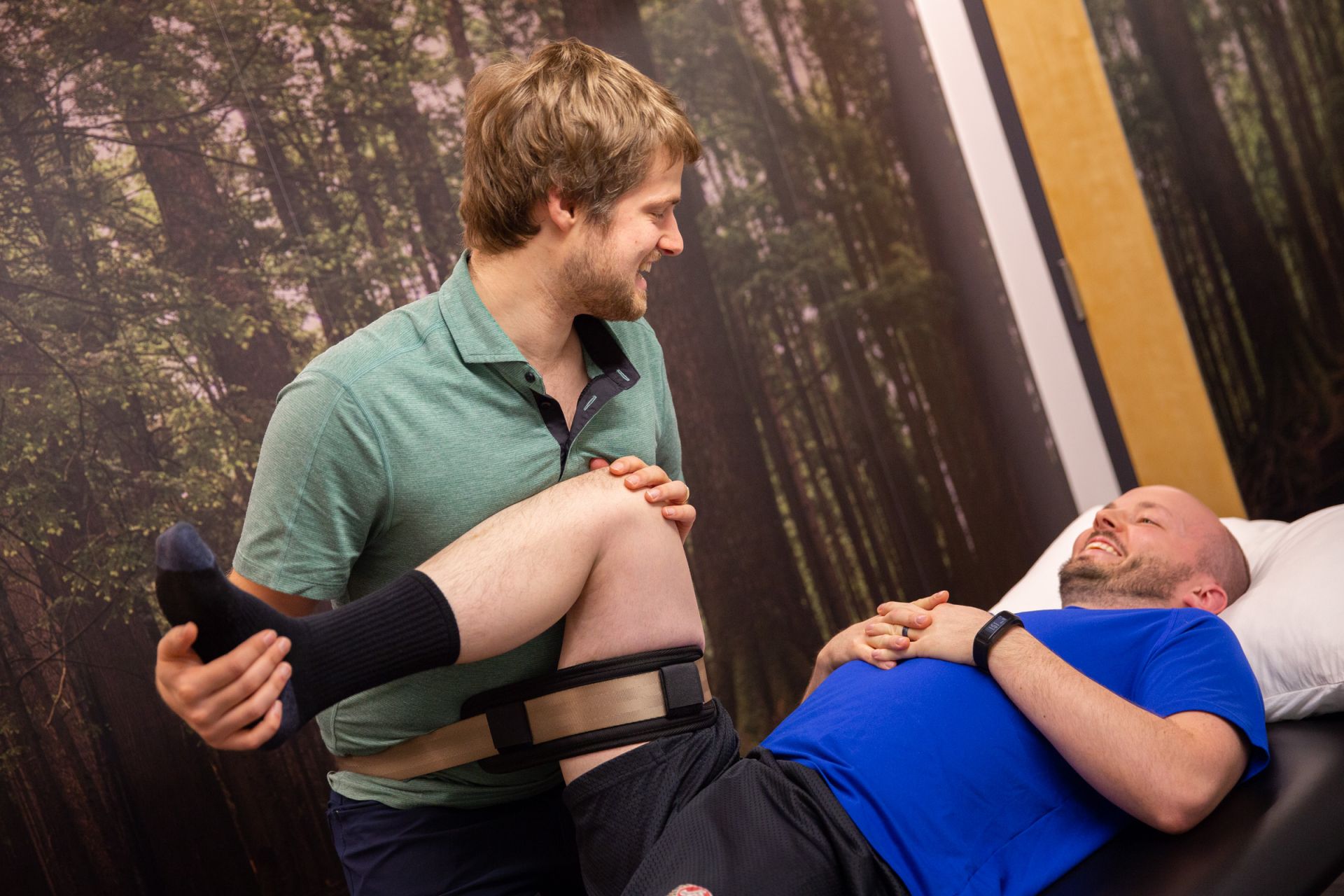

What Patients Are Saying ...

What are Clinician's Saying
Practical Tips
Adopting the BPS model starts with validating the patient’s pain and acknowledging its impact on their life. Validation is a foundational step that builds trust and ensures patients feel heard and understood. Before diving into explanations or strategies, take the time to listen to their concerns and experiences. This not only strengthens the therapeutic relationship but also sets the stage for effective collaboration.
Using relatable language is key to helping patients understand the complexities of pain. Analogies and stories, such as the fire alarm metaphor, can make pain science more accessible and less intimidating. However, it’s crucial to avoid medical jargon or phrasing that might unintentionally minimize their experience. Thoughtful communication can help patients reframe their understanding of pain while maintaining a sense of validation and respect.
Personalization is another essential when introducing the BPS model. Cookie cutter approaches, not surprisingly, is not what patient's with chronic pain are after. So what we need todo is meet each patient where they are in their journey, tailoring the approach to their readiness and individual goals. For some, learning about the model early on provides clarity, while others may need more time to process their experience before engaging with the concept. Aligning your explanation with their personal objectives ensures that the model feels relevant and empowering.
Movement is remains a cornerstone of the BPS approach, and encouraging patients to engage in safe, gradual activity is key to building confidence in their bodies. Small, achievable steps can lead to significant breakthroughs, helping to recalibrate their nervous system and reduce fear associated with movement. This focus on action helps patients shift their mindset from avoidance to progress.
Finally, instilling hope is one of the most powerful tools in a clinician’s arsenal. Emphasize the adaptability of the nervous system and the potential for improvement over time. By focusing on the possibility of progress rather than limitations, you can help patients feel more optimistic about their journey and motivated to engage in their treatment plan. Together, these strategies create a patient-centered approach that fosters trust, builds understanding, and supports meaningful change.
Using relatable language is key to helping patients understand the complexities of pain. Analogies and stories, such as the fire alarm metaphor, can make pain science more accessible and less intimidating. However, it’s crucial to avoid medical jargon or phrasing that might unintentionally minimize their experience. Thoughtful communication can help patients reframe their understanding of pain while maintaining a sense of validation and respect.
Personalization is another essential when introducing the BPS model. Cookie cutter approaches, not surprisingly, is not what patient's with chronic pain are after. So what we need todo is meet each patient where they are in their journey, tailoring the approach to their readiness and individual goals. For some, learning about the model early on provides clarity, while others may need more time to process their experience before engaging with the concept. Aligning your explanation with their personal objectives ensures that the model feels relevant and empowering.
Movement is remains a cornerstone of the BPS approach, and encouraging patients to engage in safe, gradual activity is key to building confidence in their bodies. Small, achievable steps can lead to significant breakthroughs, helping to recalibrate their nervous system and reduce fear associated with movement. This focus on action helps patients shift their mindset from avoidance to progress.
Finally, instilling hope is one of the most powerful tools in a clinician’s arsenal. Emphasize the adaptability of the nervous system and the potential for improvement over time. By focusing on the possibility of progress rather than limitations, you can help patients feel more optimistic about their journey and motivated to engage in their treatment plan. Together, these strategies create a patient-centered approach that fosters trust, builds understanding, and supports meaningful change.
